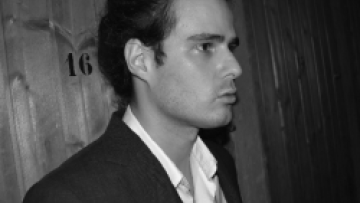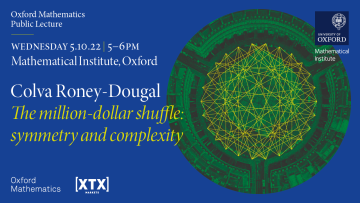Going All Round the Houses: Mathematics, Horoscopes and History before 1600
Abstract
To be a mathematicus in 15th- and 16th-century Europe often meant practising as an astrologer. Far from being an unwelcome obligation, or simply a means of paying the rent, astrology frequently represented a genuine form of mathematical engagement. This is most clearly seen by examining changing definitions of one of the key elements of horoscope construction: the astrological houses. These twelve houses are divisions of the zodiac circle and their character fundamentally affects the significance of the planets which occupy them at any particular moment in time. While there were a number of competing systems for defining the houses, one system was standard throughout medieval Europe. However, the 16th-century witnessed what John North referred to as a “minor revolution”, as a different technique first developed in the Islamic world but adopted and promoted by Johannes Regiomontanus became increasingly prevalent. My paper reviews this shift in astrological practice and investigates the mathematical values it represents – from aesthetics and geometrical representation to efficiency and computational convenience.
The Effective Radius of Self Repelling Elastic Manifolds
Abstract
We study elastic manifolds with self-repelling terms and estimate their effective radius. This class of manifolds is modelled by a self-repelling vector-valued Gaussian free field with Neumann boundary conditions over the domain [−N,N]^d∩Z^d, that takes values in R^D. Our main results state that for two dimensional domain and range (D=2 and d=2), the effective radius R_N of the manifold is approximately N. When the dimension of the domain is d=2 and the dimension of the range is D=1, the effective radius of the manifold is approximately N^{4/3}. This verifies the conjecture of Kantor, Kardar and Nelson (Phys. Rev. Lett. ’86). We also provide results for the case where d≥3 and D≤d. These results imply that self-repelling elastic manifolds with a low dimensional range undergo a significantly stronger stretching than in the case where d=D.
This is a joint work with Carl Mueller.
On the Discrete Geometric Principles of Machine Learning and Statistical Inference
You can find out more about Professor De Loera here: https://www.math.ucdavis.edu/~deloera/
Abstract
In this talk I explain the fertile relationship between the foundations of inference and learning and combinatorial geometry.
My presentation contains several powerful examples where famous theorems in discrete geometry answered natural questions from machine learning and statistical inference:
In this tasting tour I will include the problem of deciding the existence of Maximum likelihood estimator in multiclass logistic regression, the variability of behavior of k-means algorithms with distinct random initializations and the shapes of the clusters, and the estimation of the number of samples in chance-constrained optimization models. These obviously only scratch the surface of what one could do with extra free time. Along the way we will see fascinating connections to the coupon collector problem, topological data analysis, measures of separability of data, and to the computation of Tukey centerpoints of data clouds (a high-dimensional generalization of median). All new theorems are joint work with subsets of the following wonderful folks: T. Hogan, D. Oliveros, E. Jaramillo-Rodriguez, and A. Torres-Hernandez.
Two relevant papers published/ to appear are
https://arxiv.org/abs/1907.09698https://arxiv.org/abs/1907.09698
https://arxiv.org/abs/2205.05743https://arxiv.org/abs/2205.05743
Signal processing on cell complexes using discrete Morse theory
Celia is a PhD student under the supervision of Kathryn Hess since 2018.
Abstract
At the intersection of Topological Data Analysis and machine learning, the field of cellular signal processing has advanced rapidly in recent years. In this context, each signal on the cells of a complex is processed using the combinatorial Laplacian and the resulting Hodge decomposition. Meanwhile, discrete Morse theory has been widely used to speed up computations by reducing the size of complexes while preserving their global topological properties. In this talk, we introduce an approach to signal compression and reconstruction on complexes that leverages the tools of discrete Morse theory. The main goal is to reduce and reconstruct a cell complex together with a set of signals on its cells while preserving their global topological structure as much as possible. This is joint work with Stefania Ebli and Kelly Maggs.



